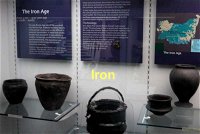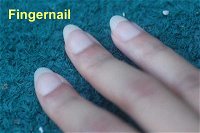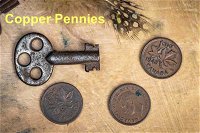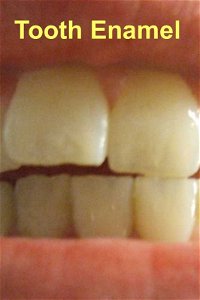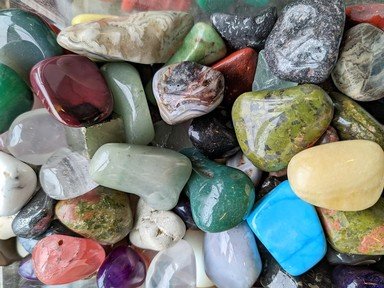
So Hard Trivia Quiz
The Hardness of Everyday Items
Mohs Hardness Scale is used to gauge the hardness of minerals. However, the hardness of everyday materials can also be measured on the same scale. All you need to do is to match the hardness to the pictured image.
by 1nn1.
Estimated time: 3 mins.
- Home
- »
- Quizzes
- »
- Science Trivia
- »
- Earth Science
- »
- Mohs Scale
